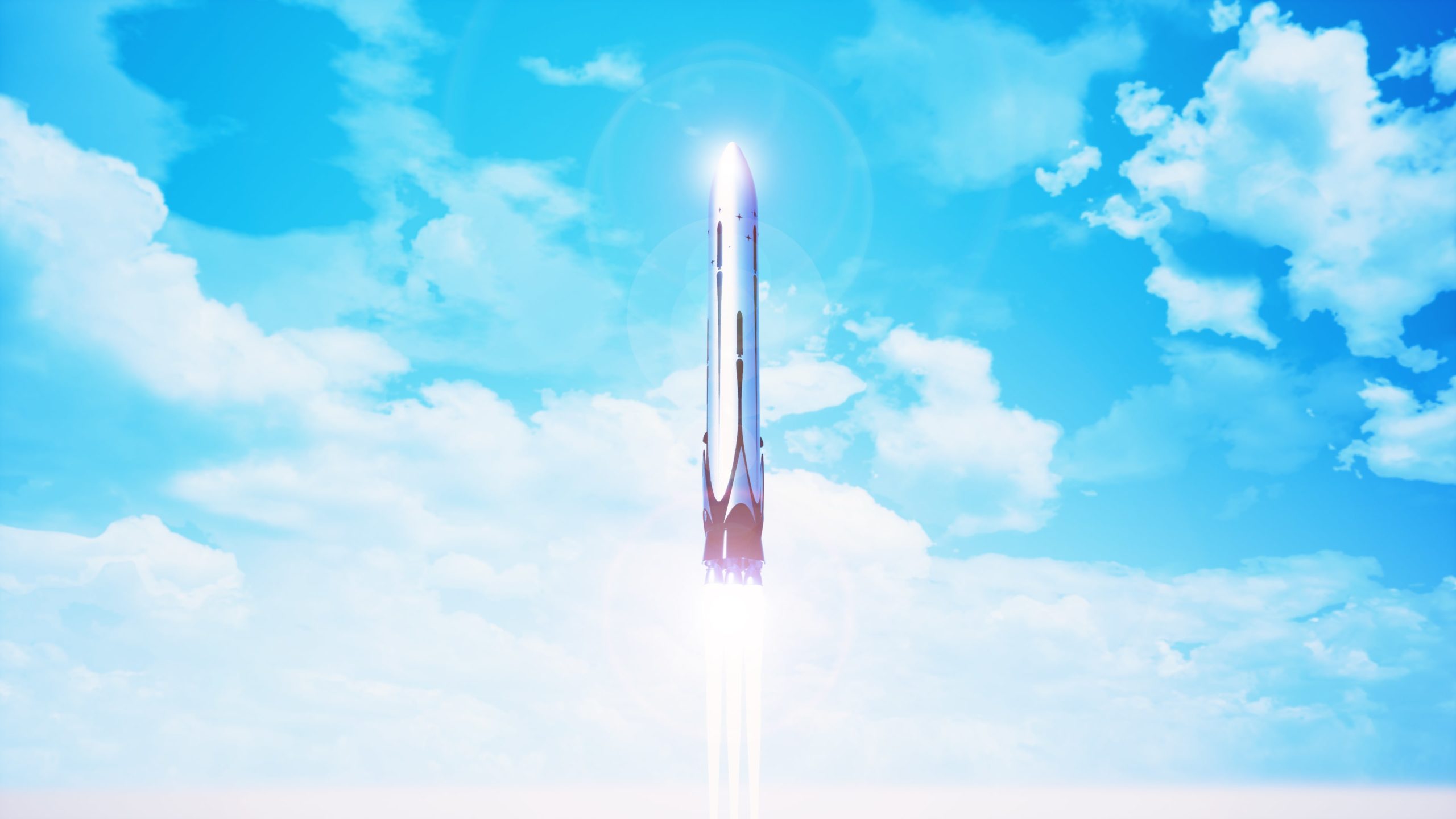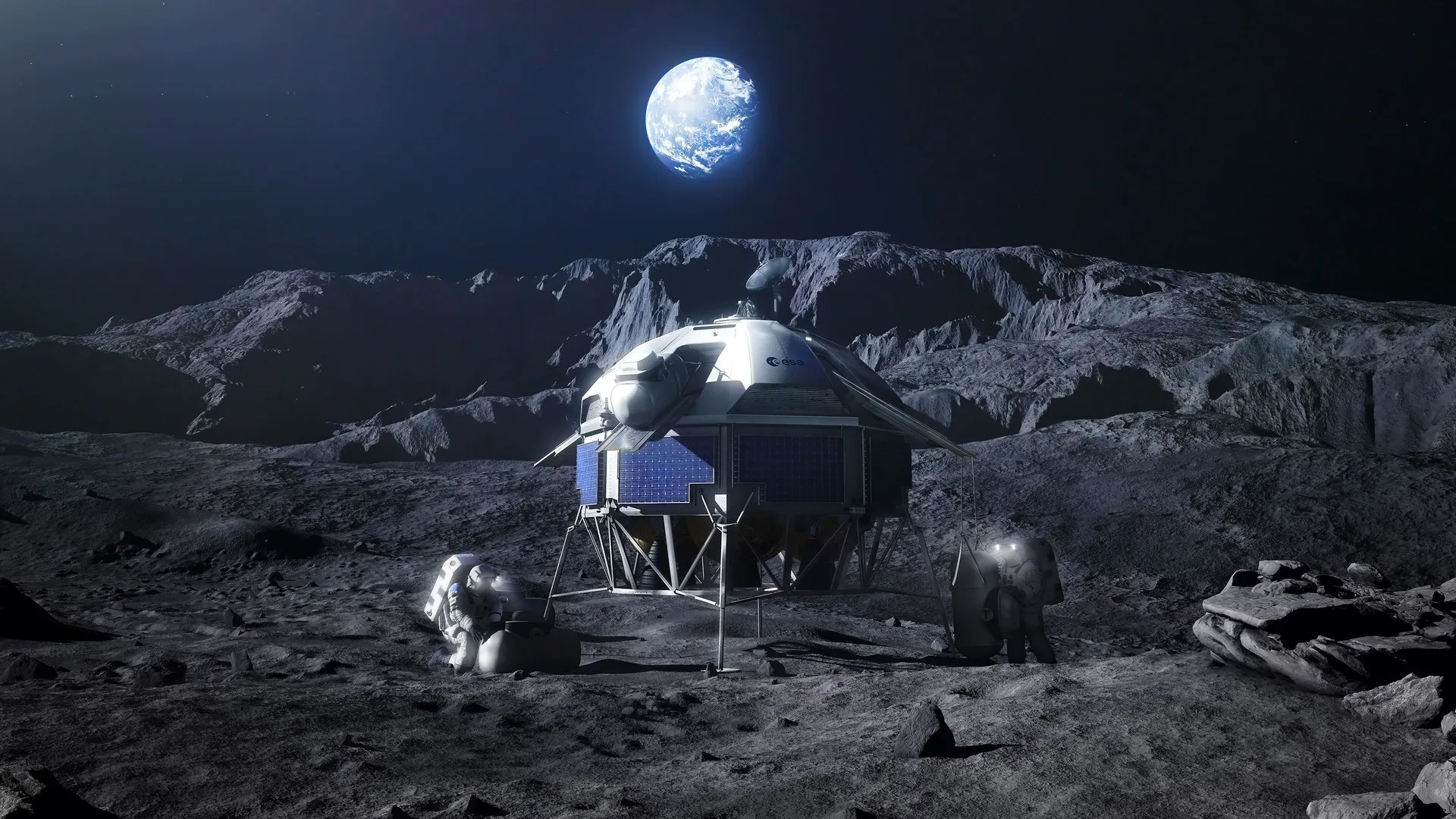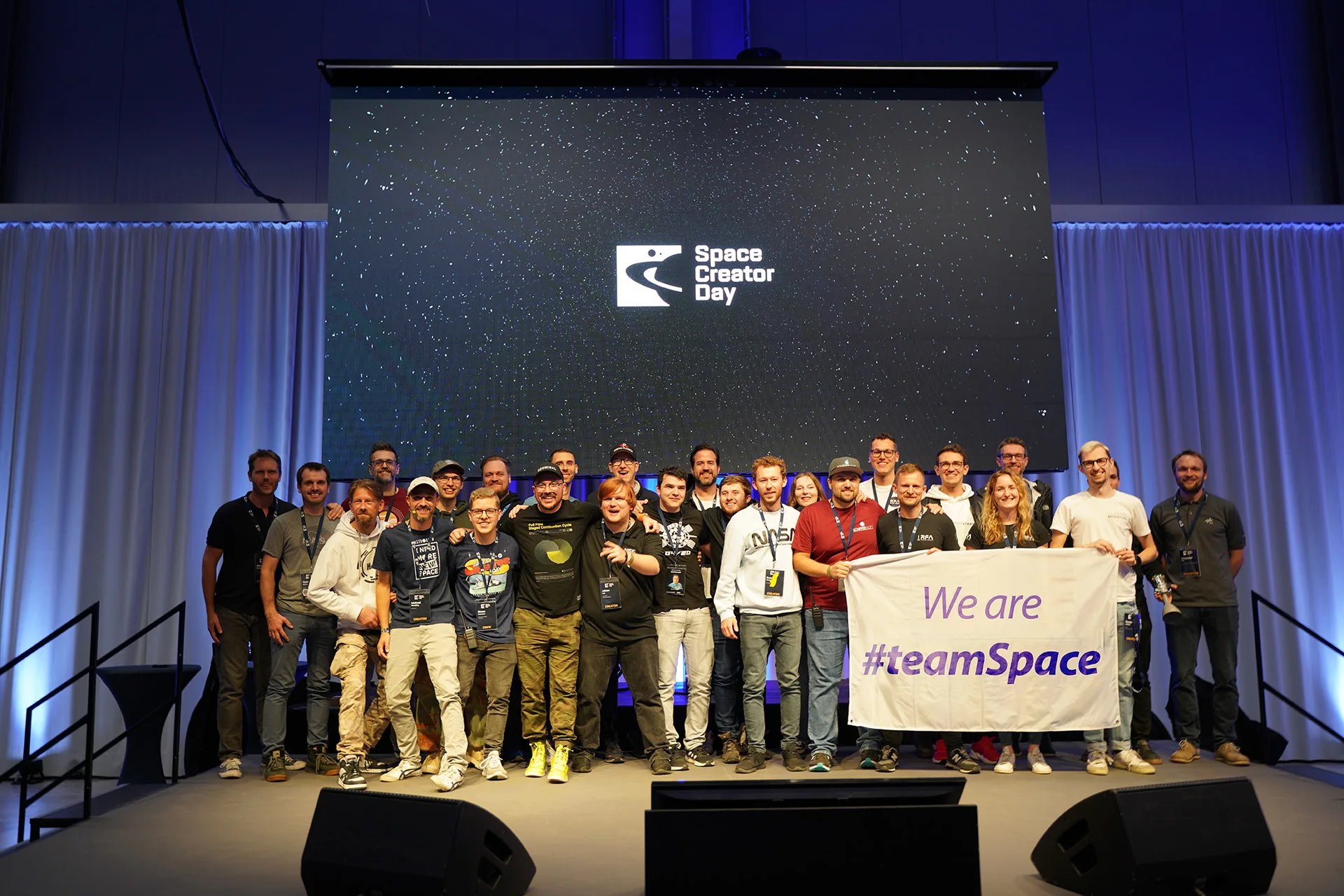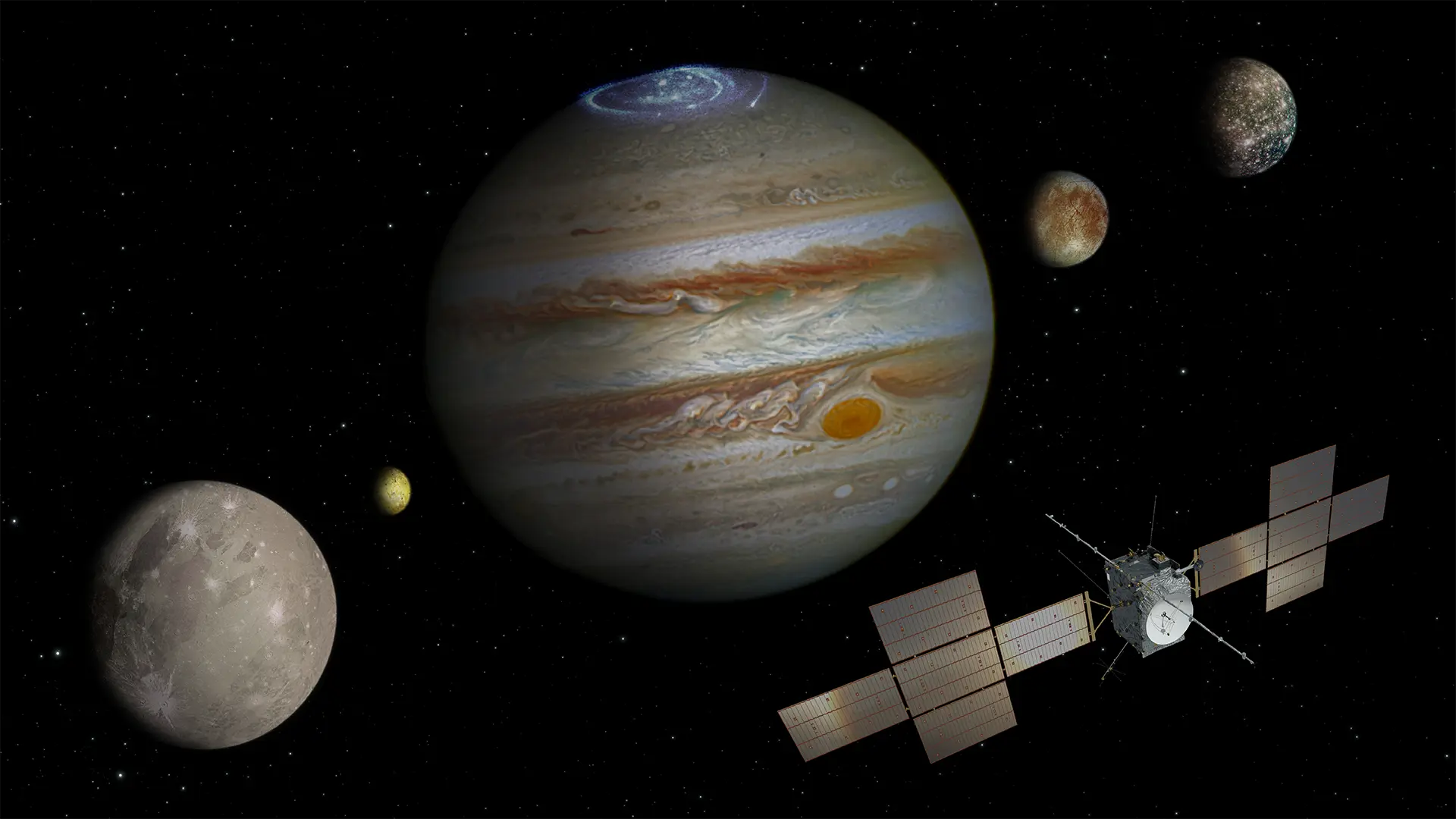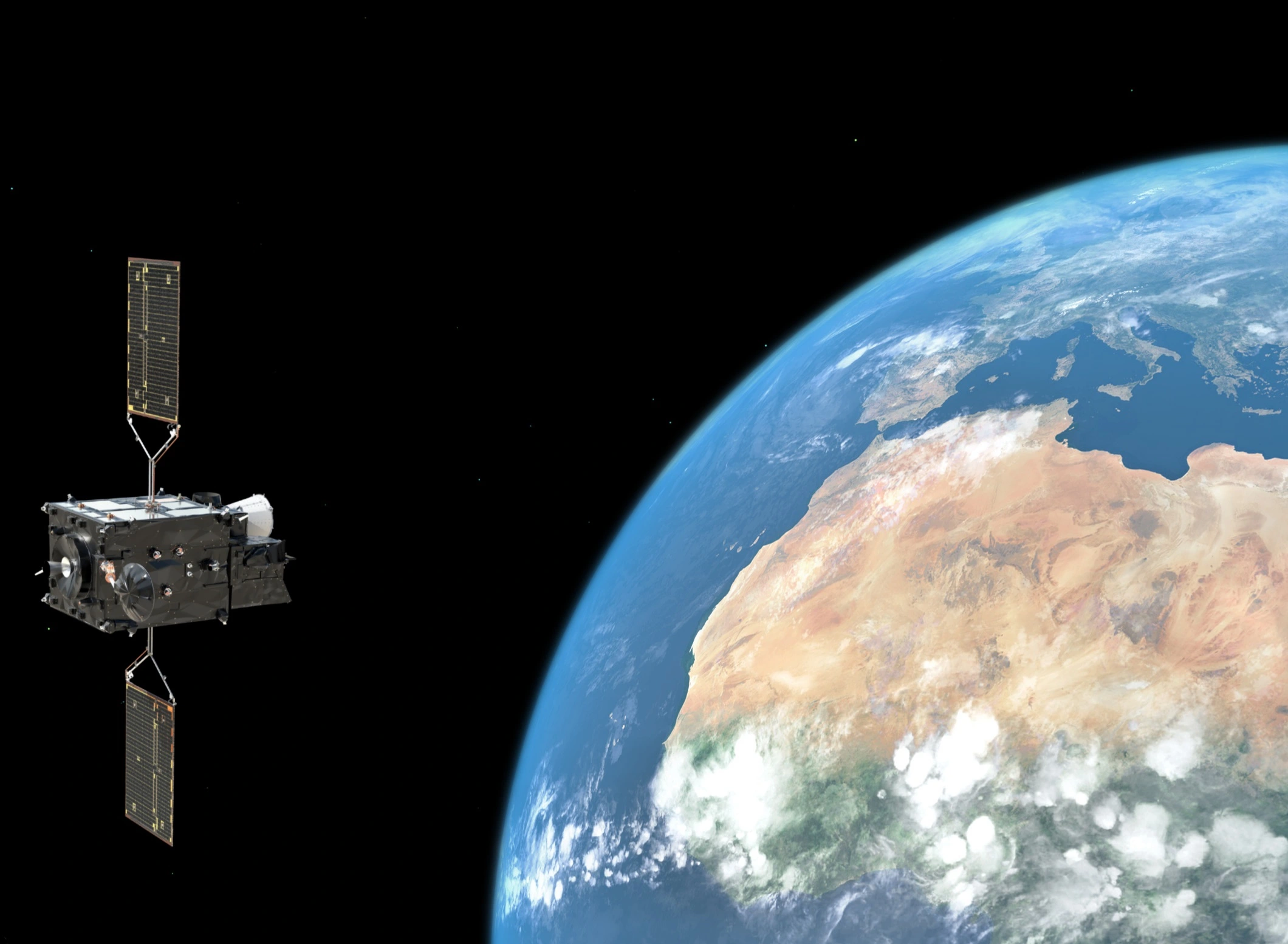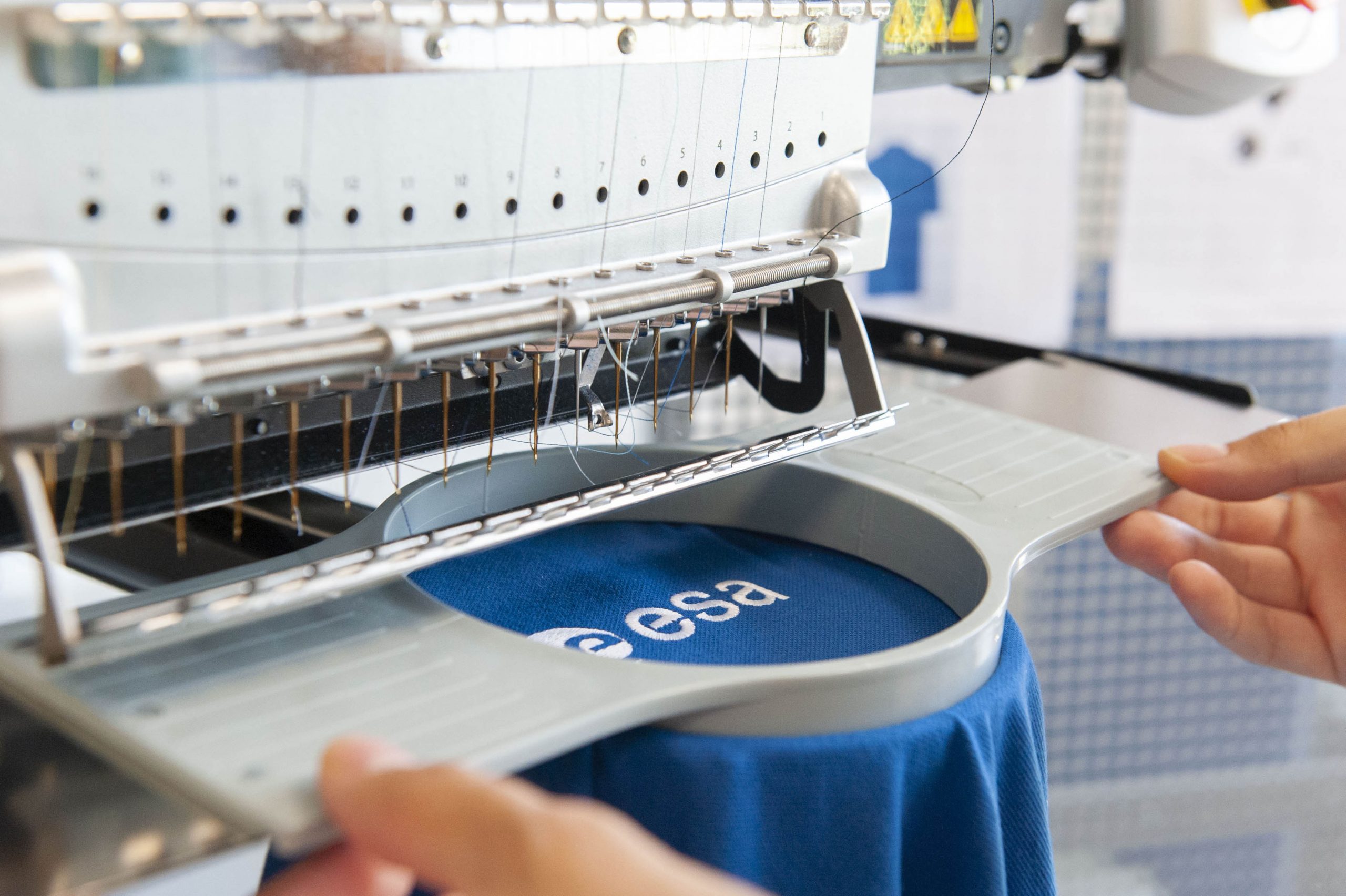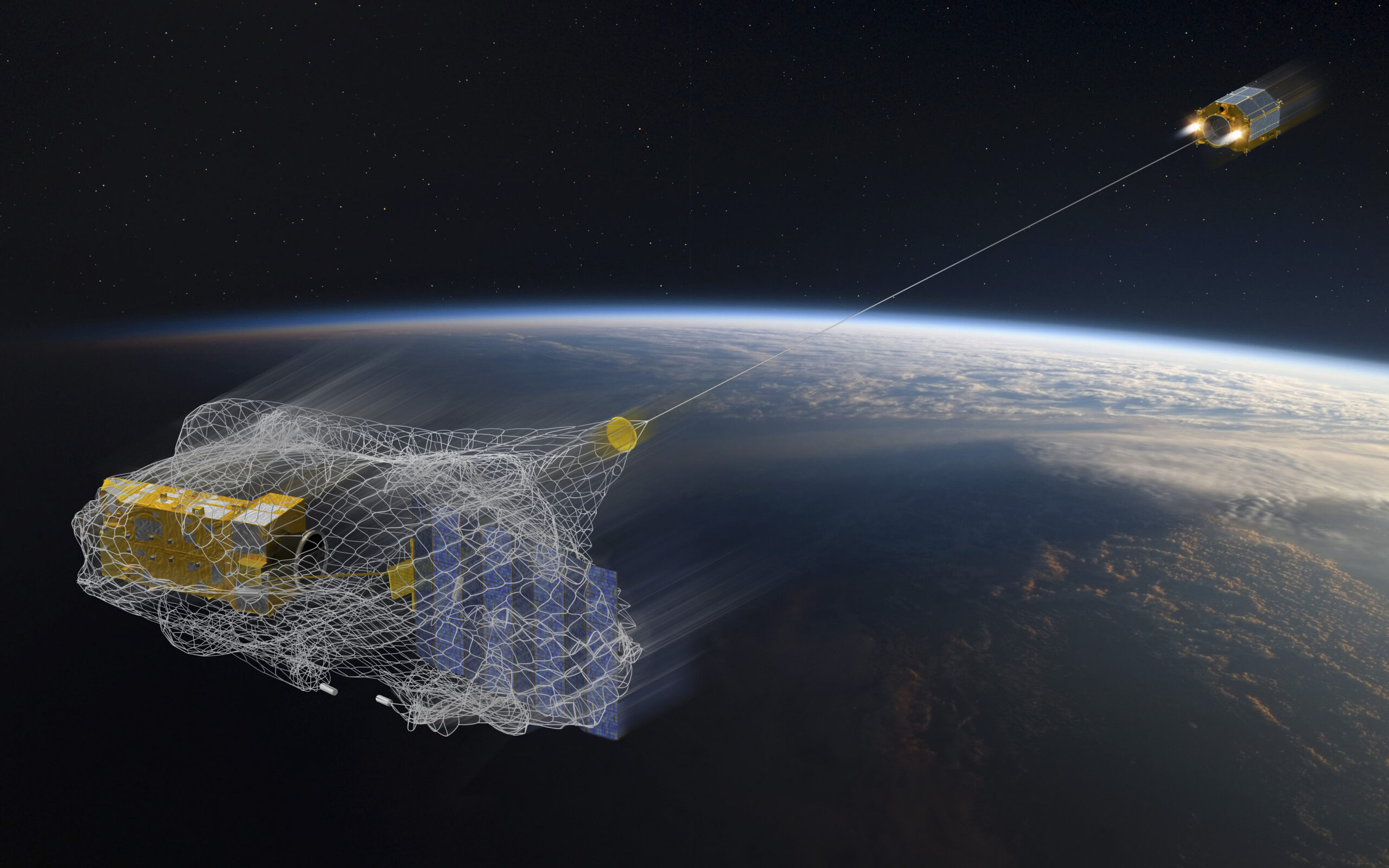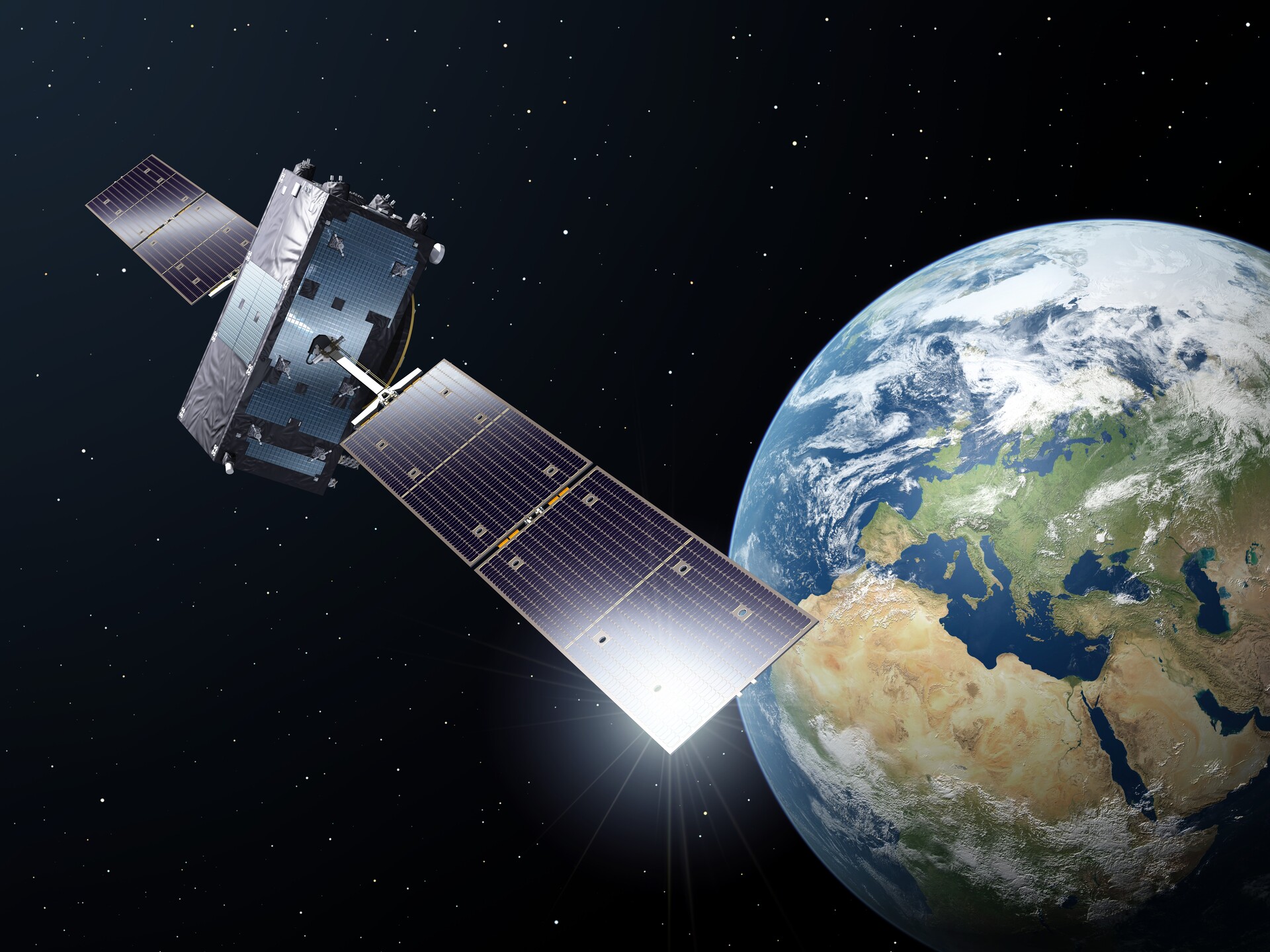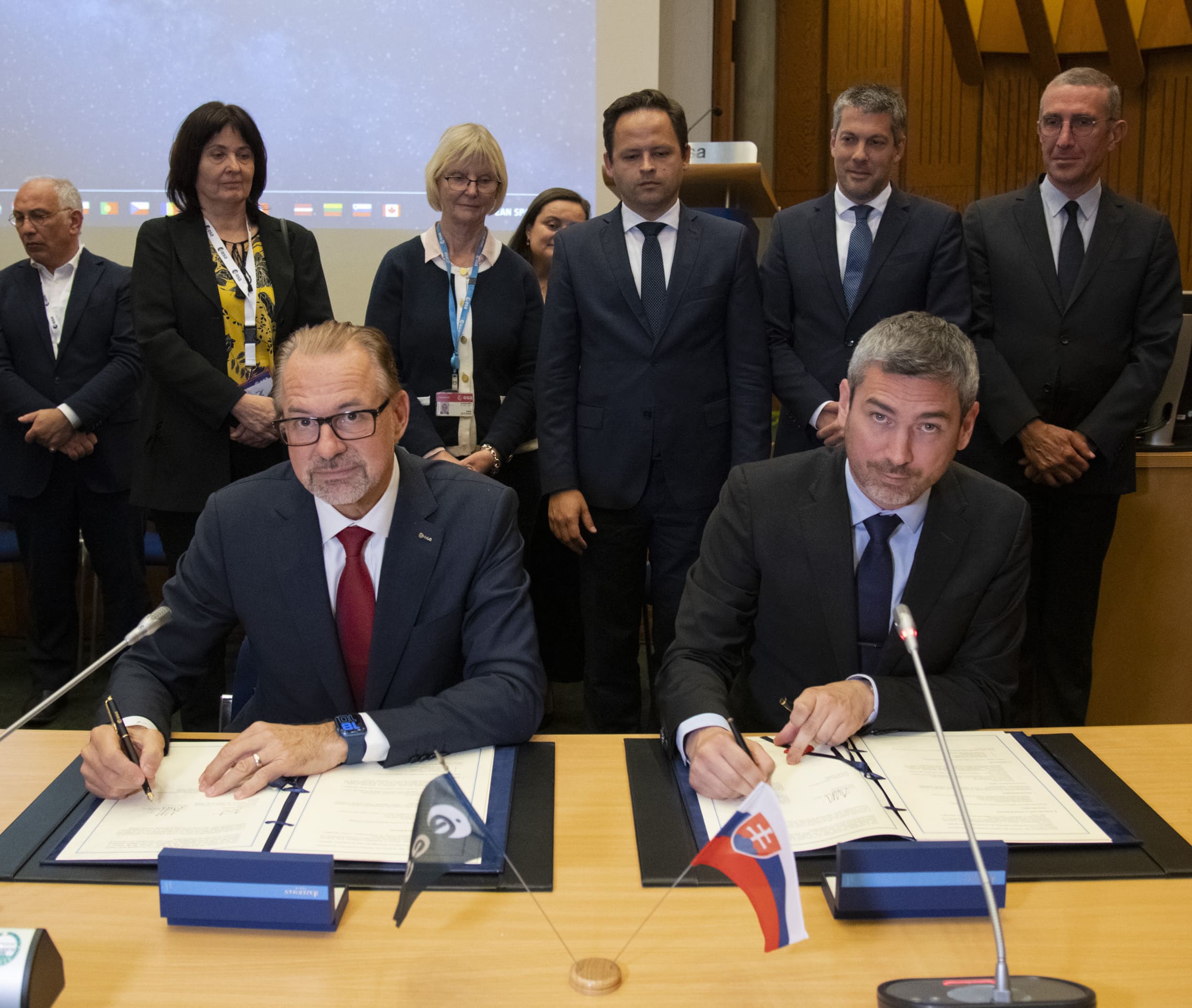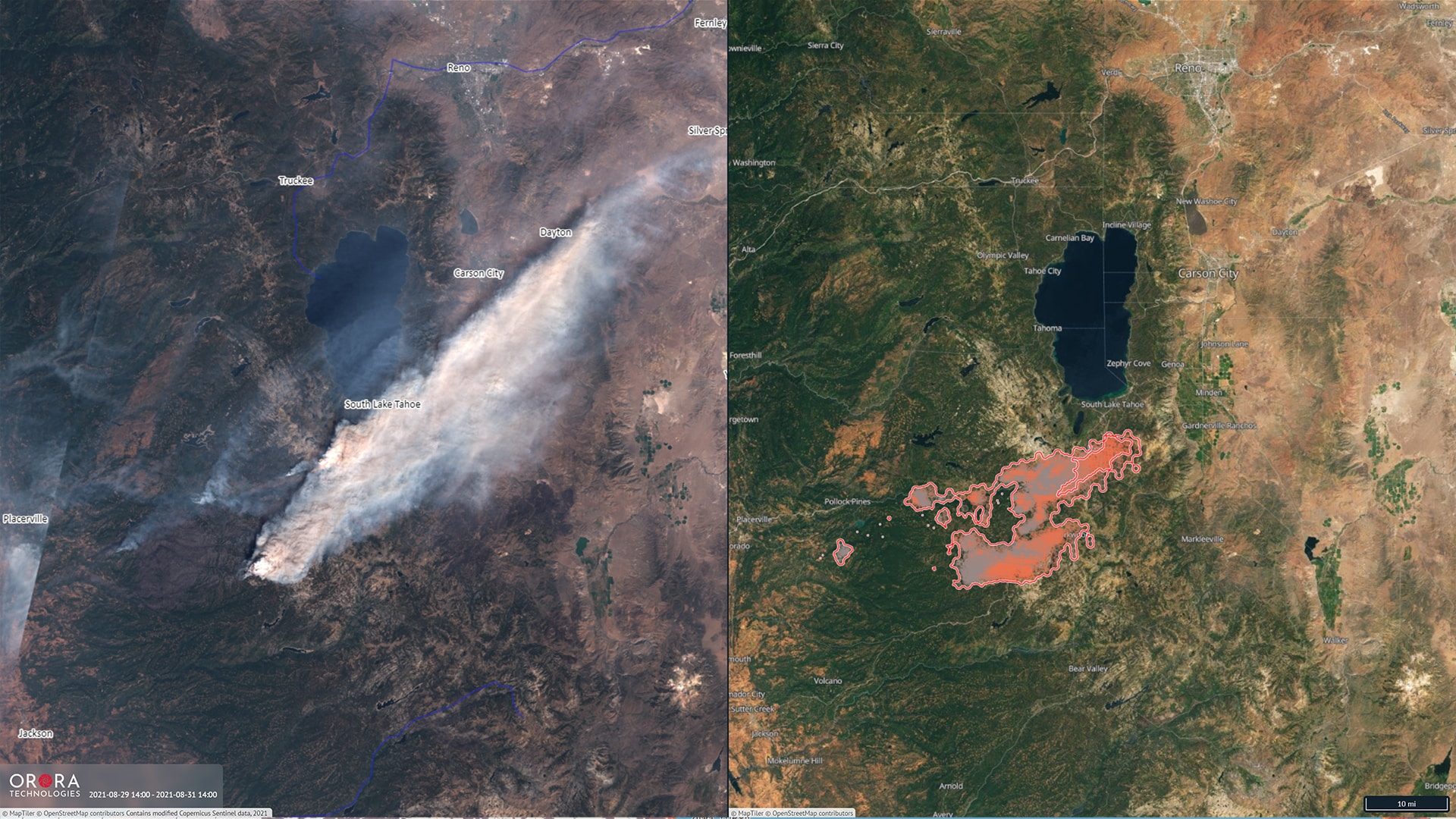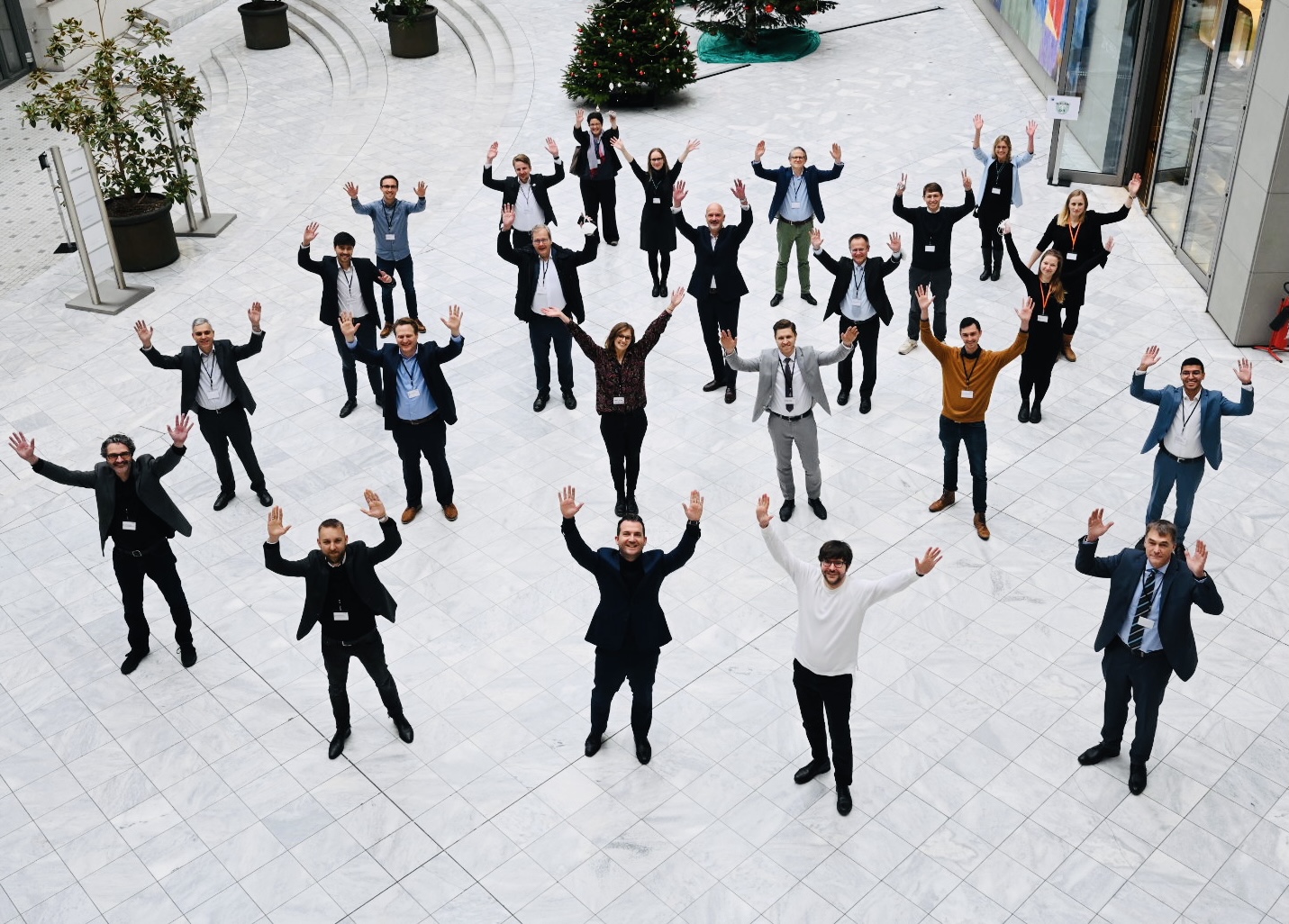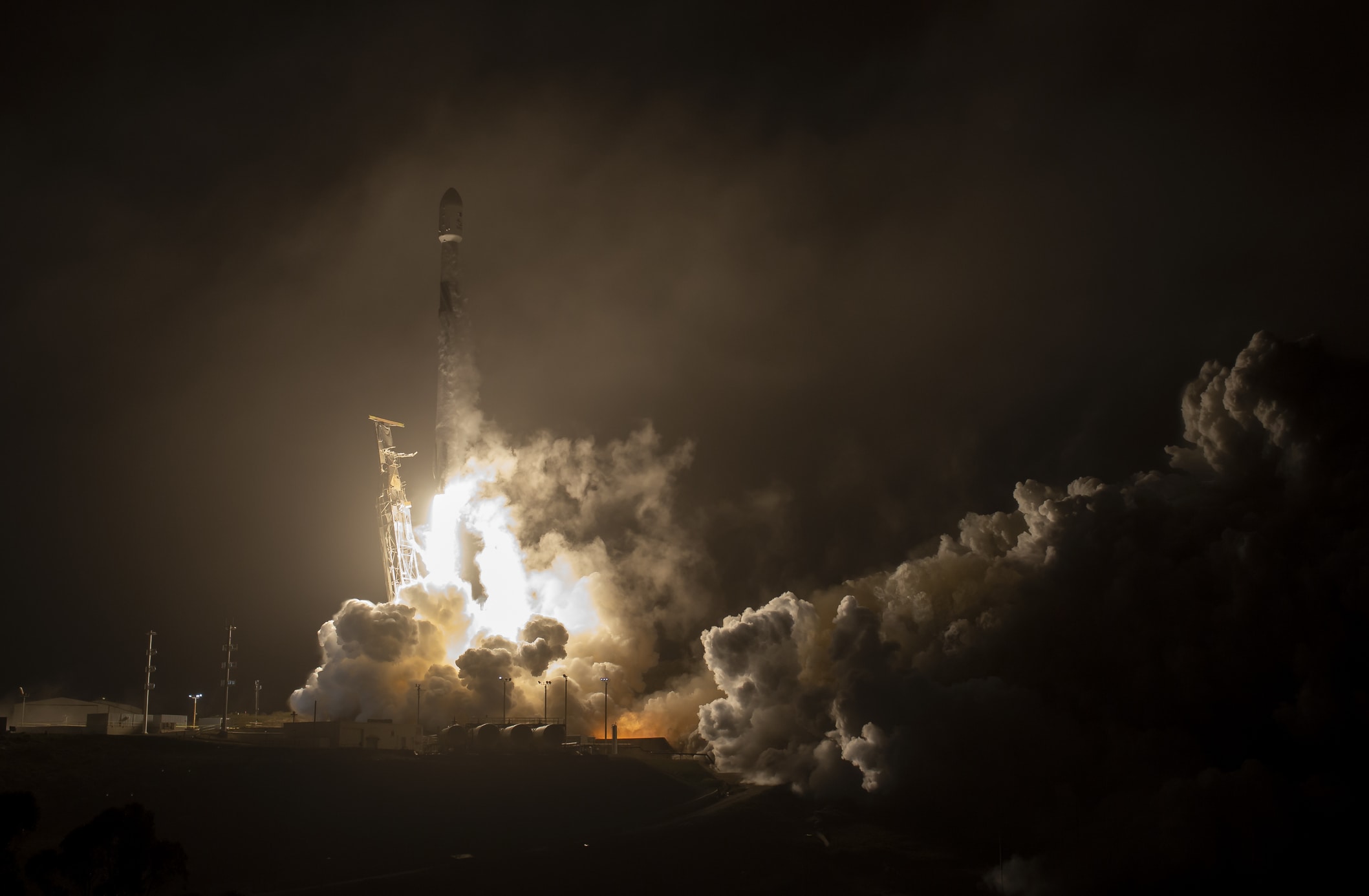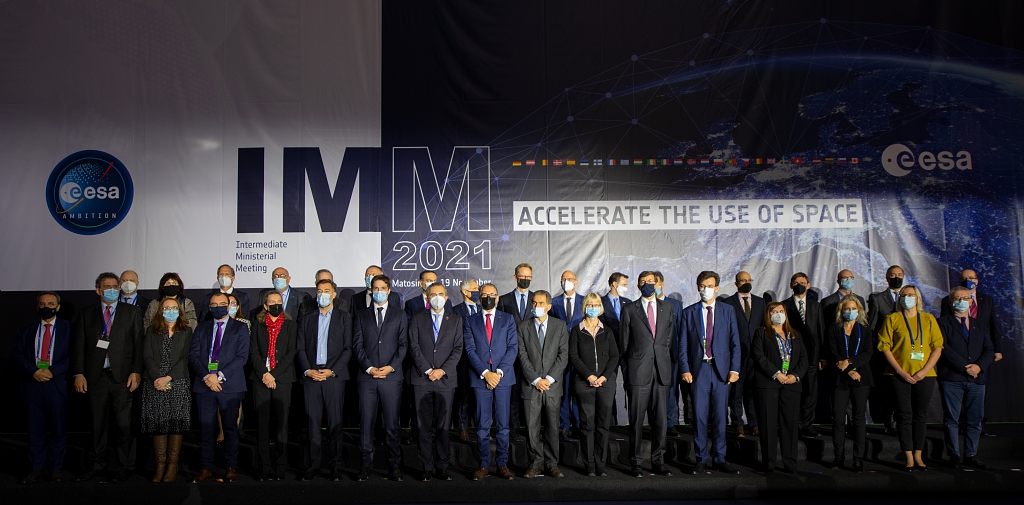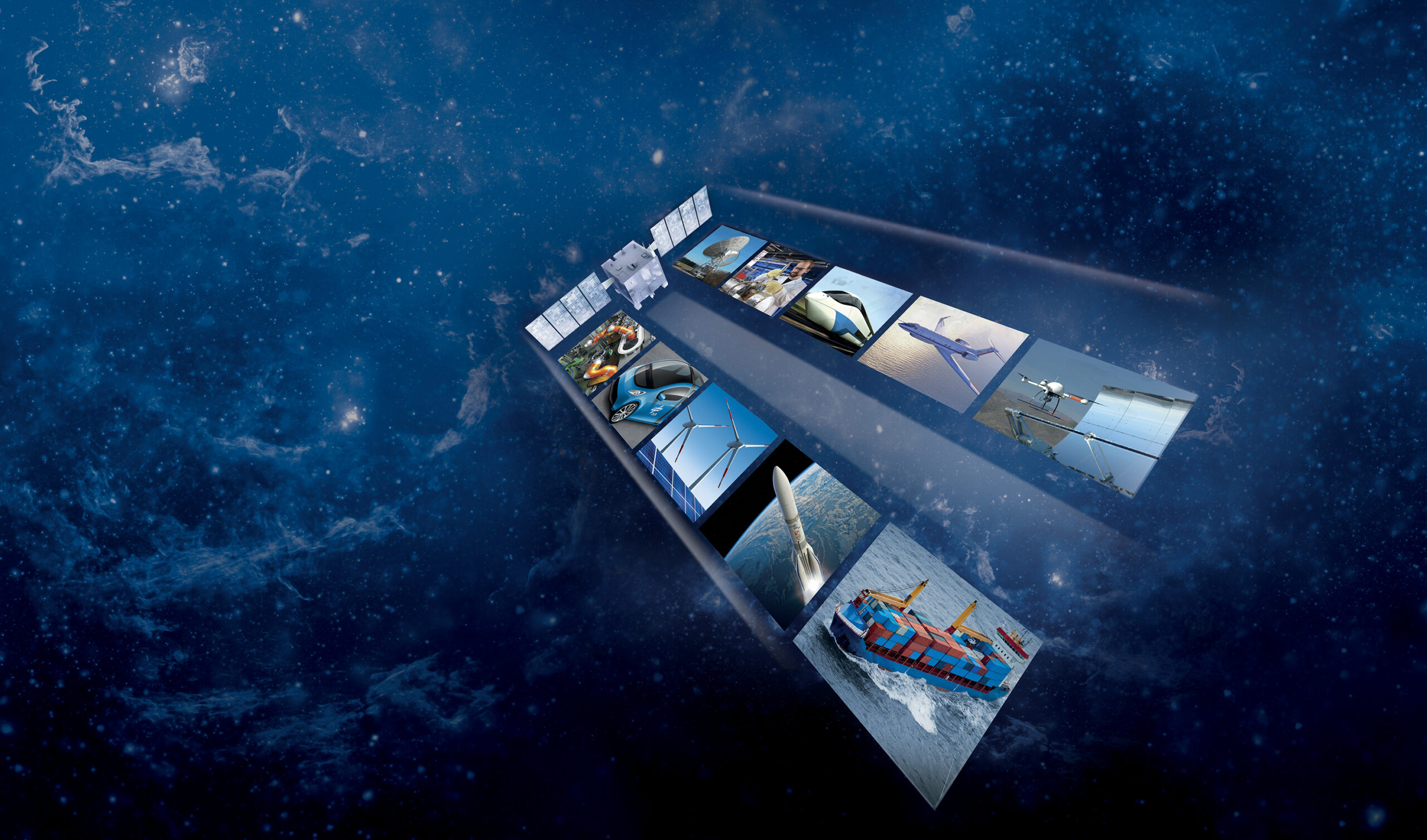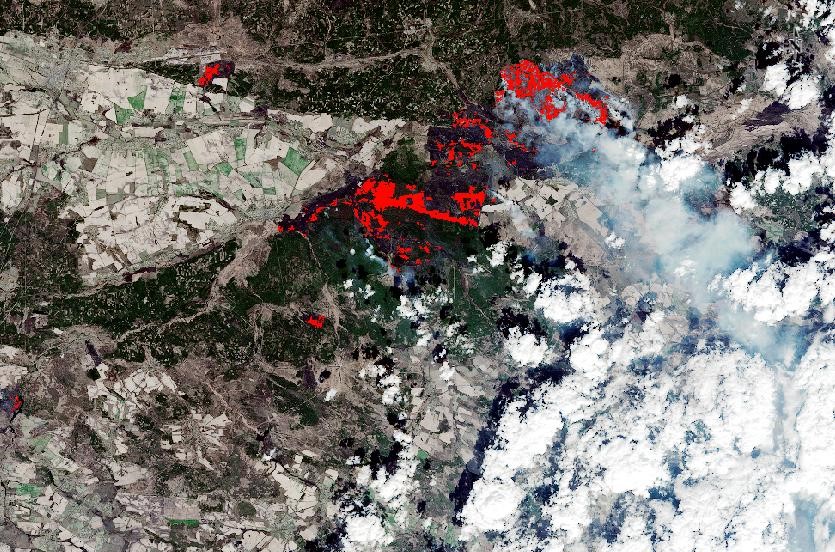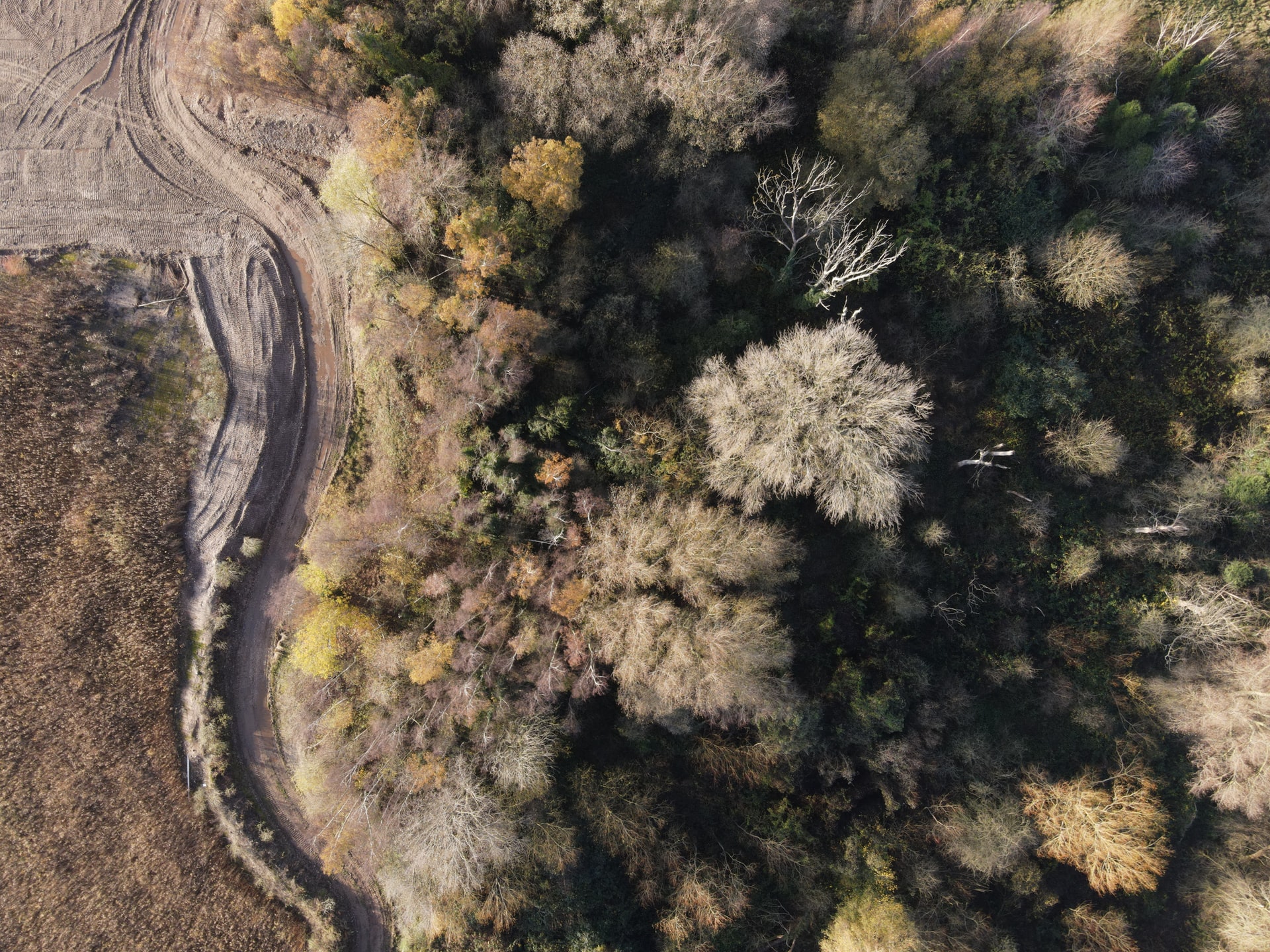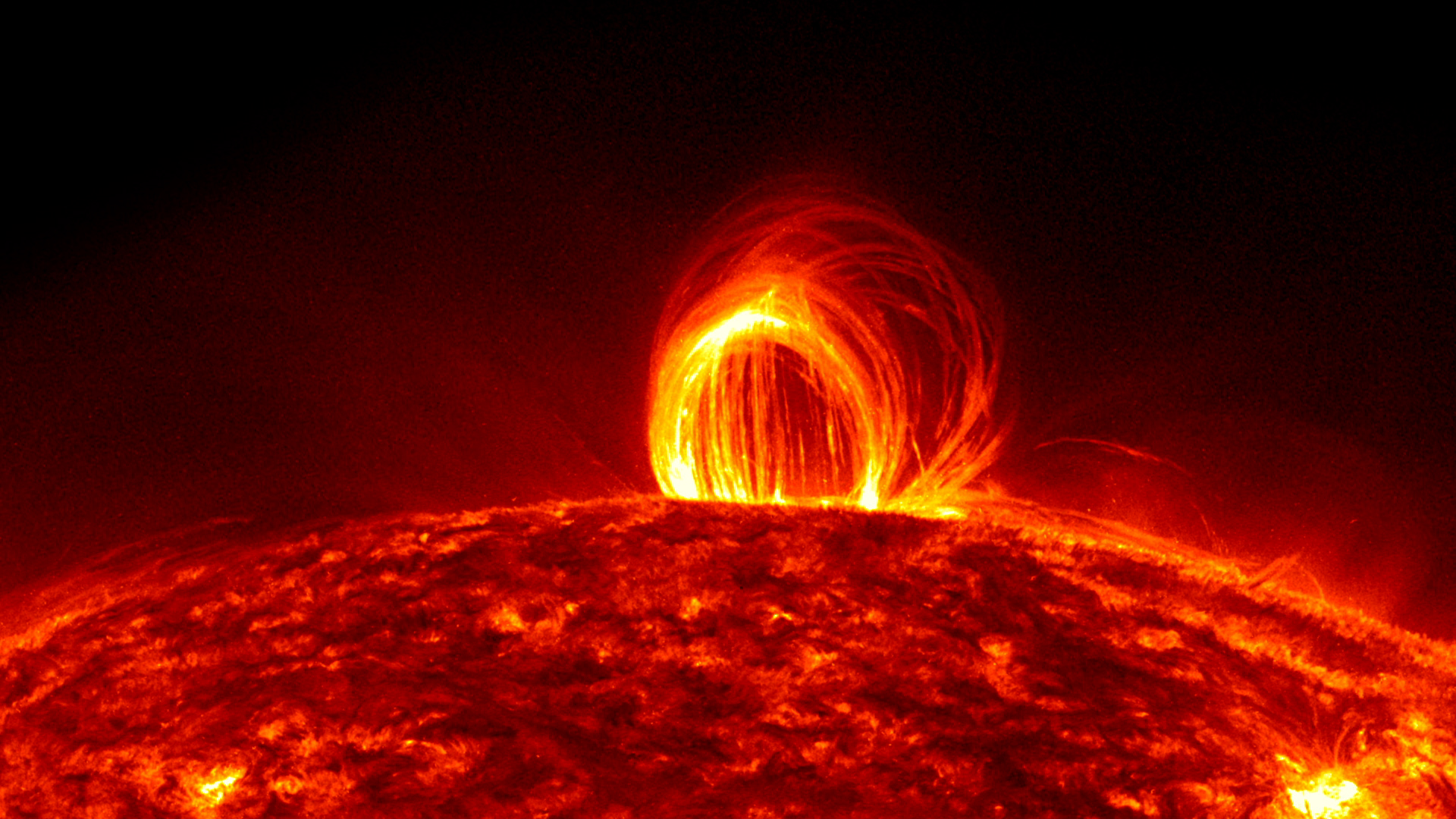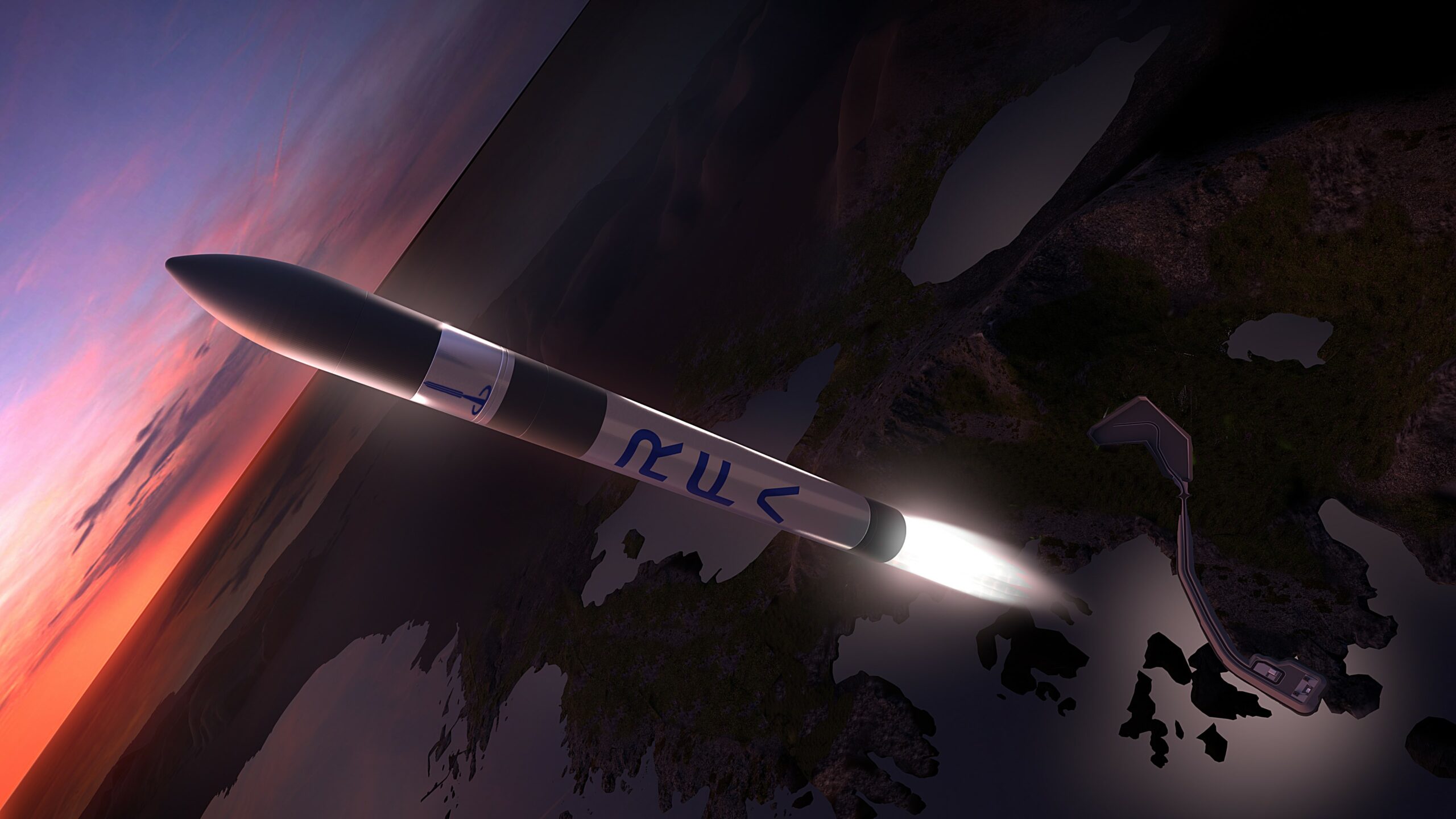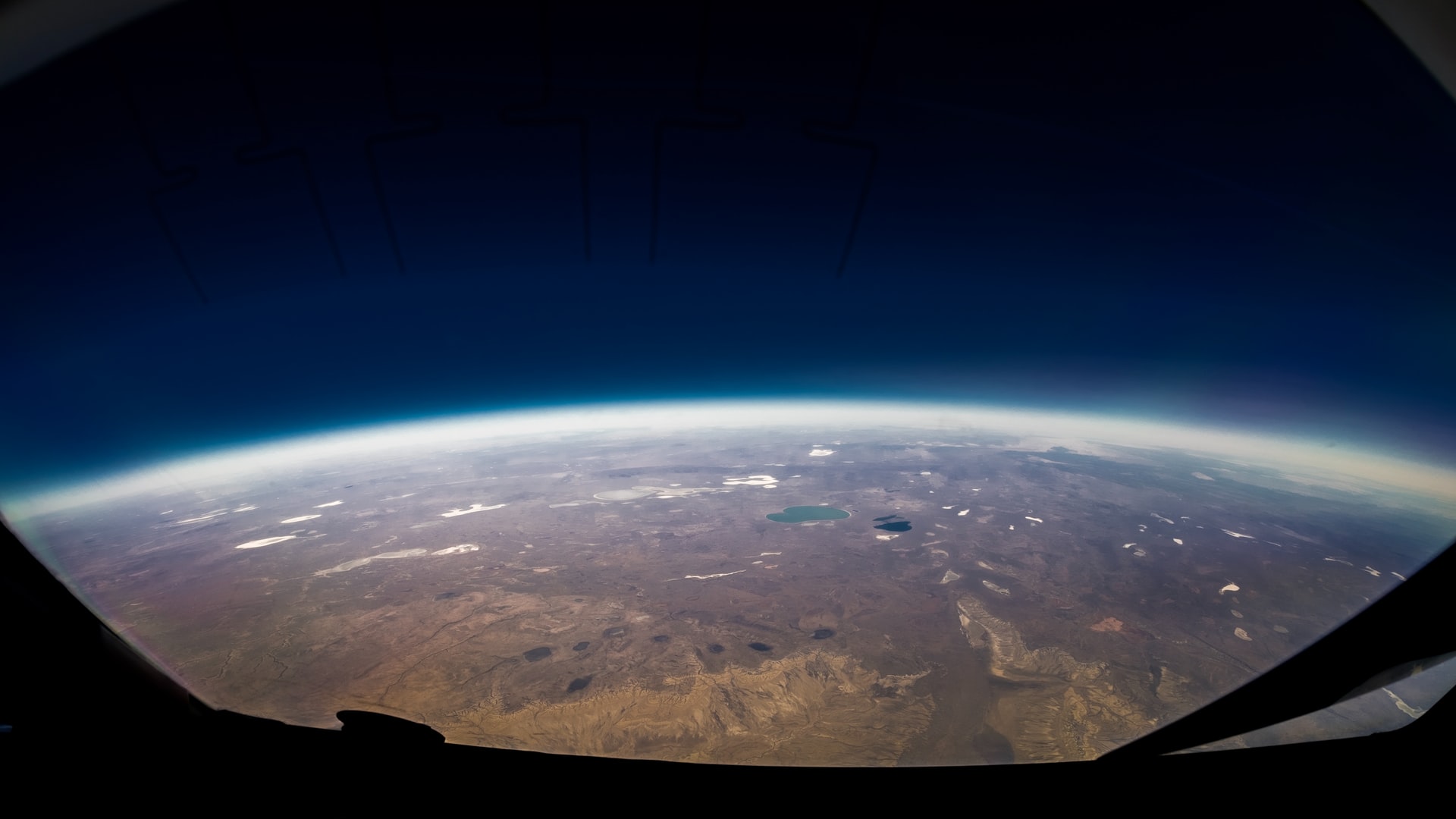
Controversy over cause of Vega-C launch failure (VV22)
Published on Fri, 10.03.2023 – 07:10 CET in Missions, covering ESACommission blames Ukrainian component for launch failure
State space agency of Ukraine calls for further investigation
Avio works on alternative, Arianespace rearranges plans
Recommendations for restoring trust in Vega-C
Task force for rapid return to flights of Vega-C
Arianespace is in a hurry
Media briefing on the loss of mission Vega-C flight VV22 in video
The second flight of Vega-C (VV22) was also its first commercial flight - and it ended in disaster just minutes after liftoff. Moments after the successful launch at 22:47 local time on December 20, 2022 from Kourou, French Guiana, the second stage deviated from its planned trajectory. An independent commission immediately began investigating the causes of the launch failure. Now, ESA has presented its findings and conclusions - angering Ukraine.
The objective of the VV22 mission was to launch two Earth observation satellites, Pléiades Neo 5 and 6, from Airbus Defence and Space. With a resolution of just 30 cm (GSD), they were to have opened a new chapter in Earth observation. But they were lost in the launch failure of the Vega-C (Vettore Europeo di Generazione Avanzata, "European Advanced Generation Launch Vehicle"), delaying the expansion of the constellation. At the beginning of the mission, everything was going according to plan. The live broadcast showed that the rocket, which was only 17 meters high, lifted off as planned. But 2 minutes and 27 seconds later, the second stage deviated from its flight profile. Then, at an altitude of about 110 km, the top part of the rocket began to descend again. At an altitude of 47 km, the transmission of telemetry data broke off - and Arianespace had to admit that the mission had failed and the satellites were lost.
Commission blames Ukrainian component for launch failure
Arianespace and ESA promptly set up an independent investigation committee to examine the incident. Initial investigations were conducted immediately after the launch using available flight data, which confirmed that the subsystems of the carrier reacted as planned. However, after the nominal ignition of the Zefiro-40 engine 151 seconds after launch, a gradual loss of pressure occurred. Eventually, the performance drop of the nozzle led to the mission's failure. According to the commission, the cause was an unexpected "thermomechanical erosion of the carbon fiber-reinforced carbon (CFC) nozzle throat liner". This was procured by the Italian rocket manufacturer Avio from the Ukrainian rocket and spacecraft developer Yuzhnoye. The investigation commission found a flaw in the material's homogeneity. As the criteria for certification to demonstrate flightworthiness are not sufficient, this material will no longer be used. According to the commission, the Zefiro 40's design does not have any weaknesses.
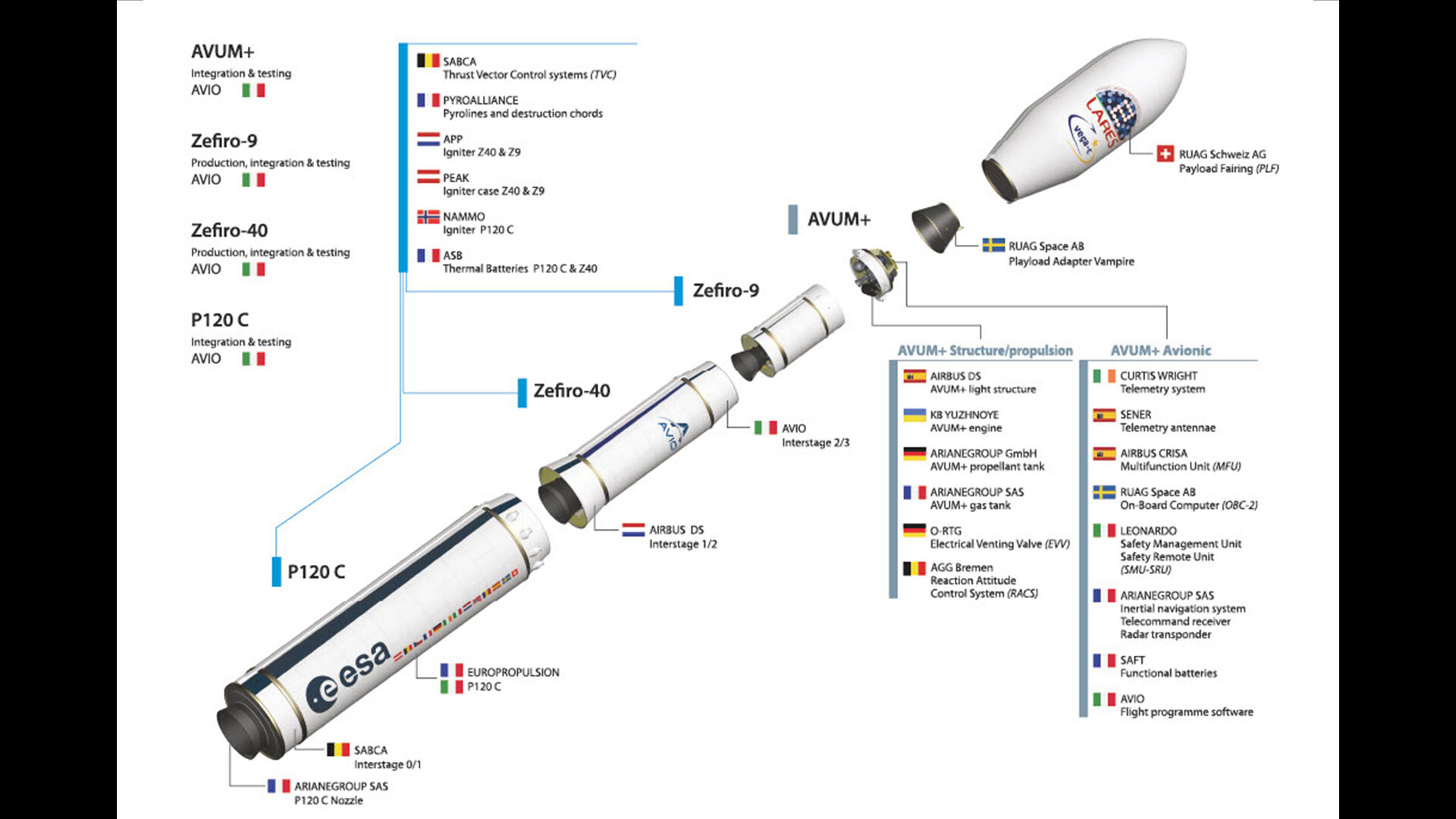
© ESA
State space agency of Ukraine calls for further investigation
As reported on its website, the State Space Agency of Ukraine (SSAU) learned about the investigation results from the mass media. The commission's statement not only casts a shadow on the reputation of the Ukrainian space industry but also does not provide a basis for further discussions. Therefore, the SSAU believes that the presented conclusions are premature and further investigations are required. According to the SSAU, there may be other factors that led to the mission's failure.
Ukrainian findings remain unconsidered
The commission's conclusion that a faulty component produced in Ukraine was the main cause of the launch failure may seem plausible at first glance. After all, there has been a war in Ukraine since February 2022, which also affects international space activities. However, the Ukrainian space agency emphasizes that even under these conditions, they remain a reliable partner for European space activities. They are doing everything possible to deliver high-quality services and products to international partners on time. Although Ukrainian experts were involved in the investigations into the Vega-C launch failure, their considerations and suggestions are not reflected in the conclusions of the independent investigation commission.
Avio works on alternative, Arianespace rearranges plans
According to the commission, the problems with Zefiro 40 do not affect carrier systems with Zefiro 9 and Zefiro 23 engines. Despite objections from Ukraine, Avio is already working on an alternative solution for the Zefiro 40 nozzle. In the future, a CFC material produced by ArianeGroup and already used in the nozzles of Zefiro 23 and Zefiro 9 will be used. Arianespace is also taking immediate action: the launch schedule is being adjusted and a mission is being transferred to one of the remaining carrier rockets. Its launch is already planned before the end of summer 2023.
| Zefiro 9 | Zefiro 23 | Zefiro 40 | |
|---|---|---|---|
| Motor length | 3,9 m | 7,5 m | 7,6 m |
| Diameter | 1,9 m | 1,9 m | 2,3 m |
| Propellant mass | 10,5 t | 24 t | 36,2 t |
| Motor dry mass | 906 kg | 1.935 kg | 3.006 kg |
| Motor case mass | 400 kg | 900 kg | 2.080 kg |
| Average thrust | 314 kN | 1.122 kN | 1.304 kN |
| Specific impulse | 295,2 s | 287,5 s | 293,5 s |
| Combustion time | 117,1 s | 77s | 92,9 s |
Recommendations for restoring trust in Vega-C
Naturally, the failed launch resulted in a loss of confidence in the new small carrier rocket. However, this is necessary to convince potential customers to book these transport capacities. In order to restore confidence, the independent investigation commission has formulated a series of recommendations. The most important measures based on these recommendations are as follows:
- Supplementing the findings of the investigation committee with additional tests and analyses to ensure the reliability of the qualification of the alternative CFC composite material selected for the Zefiro 40 engine;
- Conducting an additional qualification phase for the Zefiro 40 engine using the alternative CFC composite material;
- Implementing a series of additional measures aimed at ensuring long-term reliable and sustainable carrier production.
Task force for rapid return to flights of Vega-C
In the meantime, the ESA and Arianespace have established a jointly led task force. This has already begun to implement the timetable proposed by the commission and will closely monitor the implementation of the measures by the Vega main contractor, Avio, to ensure the reliable and robust return of the Vega-C to flight. However, they do not want to waste too much time. Because a new launch is already planned for the end of 2023.
To meet this ambitious goal, the ESA, Arianespace, and Avio plan to pool their efforts. Only by quickly gaining as many customers as possible for the Vega can the development costs be recouped. According to Stefano Bianchi, head of the Flight Program Department at the ESA, 300 million euros have been invested in the development of the Vega so far. The European Space Agency will keep a close eye on Avio's work. As Josef Aschbacher, Director General of the ESA, said, "ESA will fully engage its engineering and project management expertise to support Avio in the implementation of actions required to regain confidence in the launcher system."
Arianespace is in a hurry
“Thanks to their hard work, the members of the Commission have identified the immediate cause of the loss of the mission VV22 and of its lessons learnt, and proposed the relevant corrective actions,” Stéphane Israël, CEO of Arianespace, is quoted by ESA. However, this statement should also be viewed in the light of his rather negative attitude towards microlaunchers. In January 2023, he spoke out against the approach of small launchers at the European Space Conference (BBESpaceConf). However, these are indispensable, among other things, for the development of responsive space capabilities.
It seems that Israel has also recognized this and is setting a new pace. Regarding the work of the commission, he said, "Their recommendations already are under implementation by Avio, under the supervision of Arianespace and ESA, in order to allow a successful return to flight of Vega-C and to guarantee its continuous reliability.." His urgency could also be due to growing competition pressure. While Vega had a time advantage over the German launchers from Isar Aerospace and Rocket Factory Augsburg, this is now passé with the VV22 failure. Further investigations may show whether "only" a component from Ukrainian production is responsible for this. However, it will be seen at the next launch whether all problems have been resolved.
Media briefing on the loss of mission Vega-C flight VV22 in video
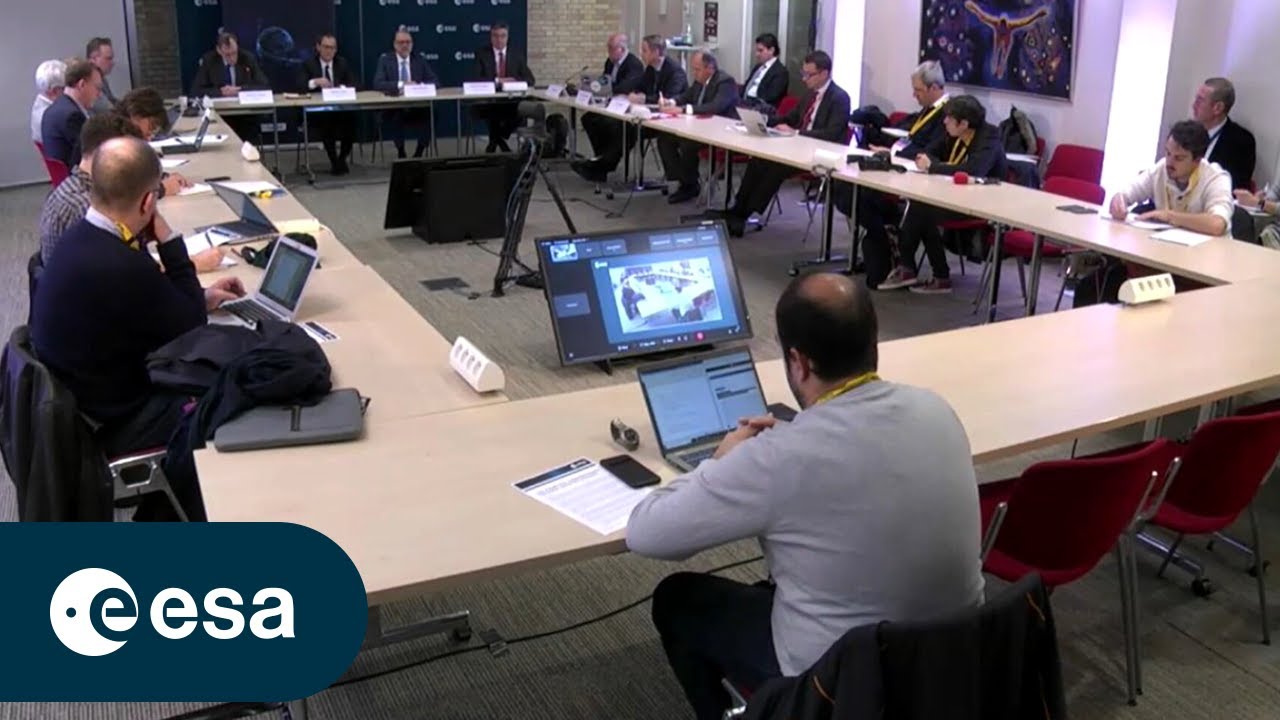
© ESA
